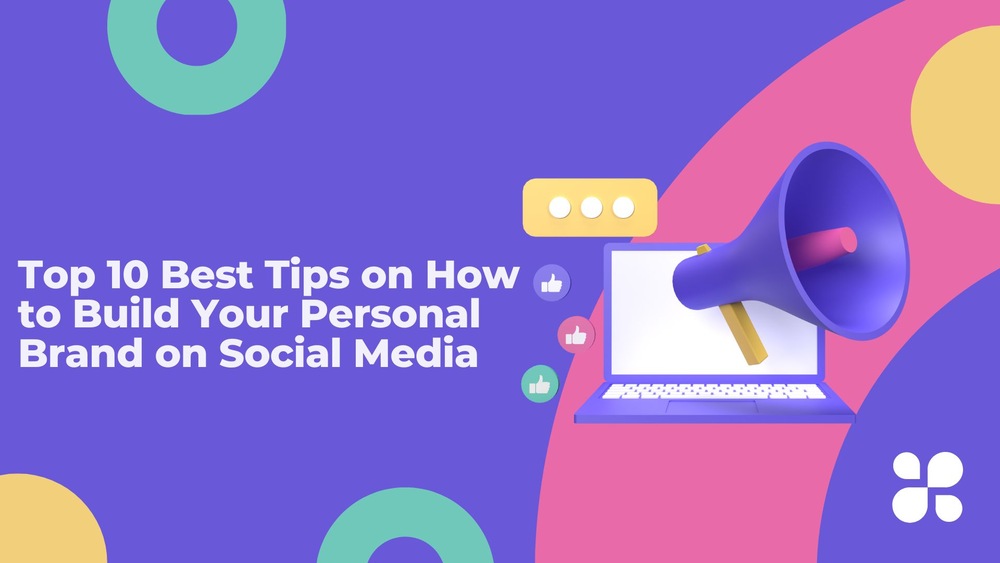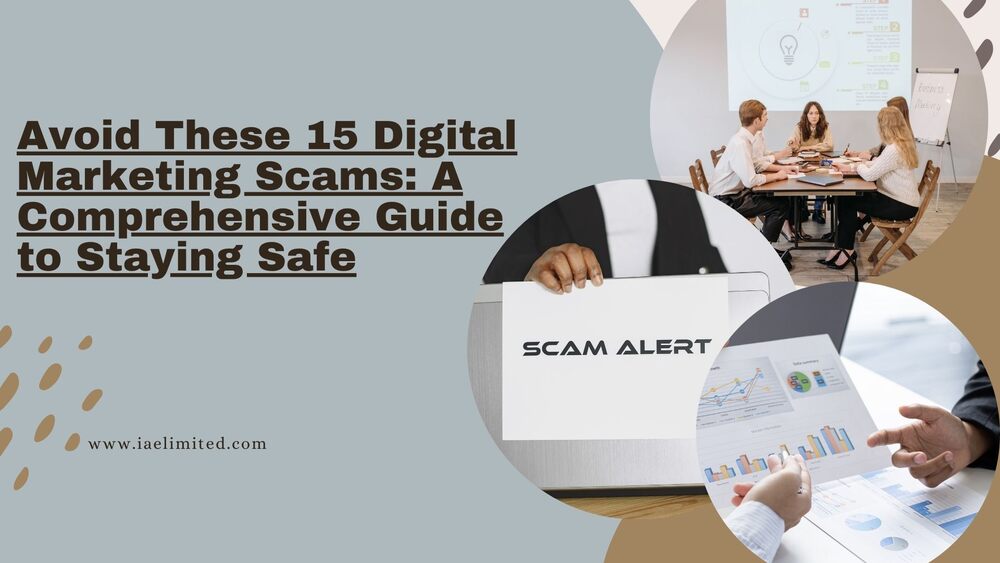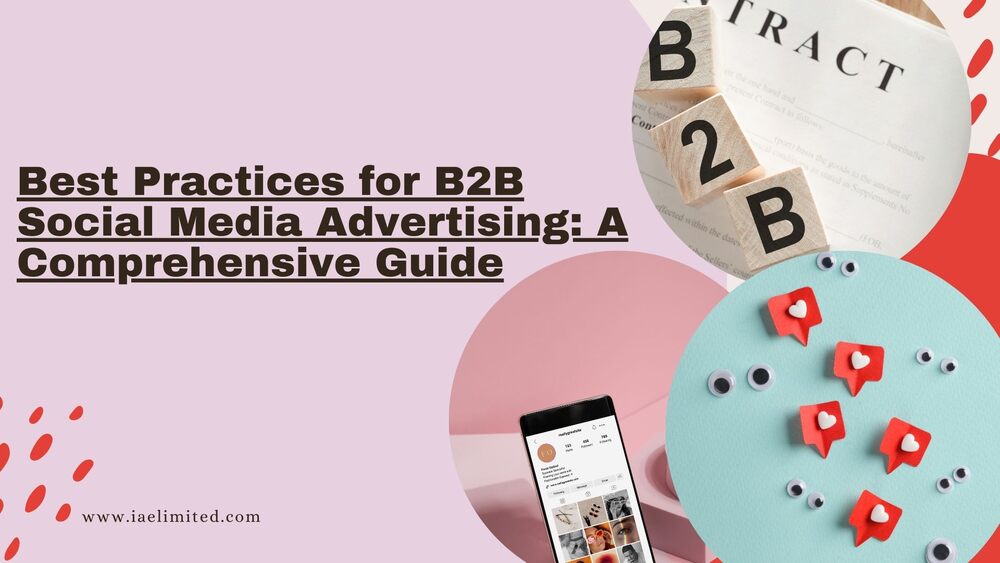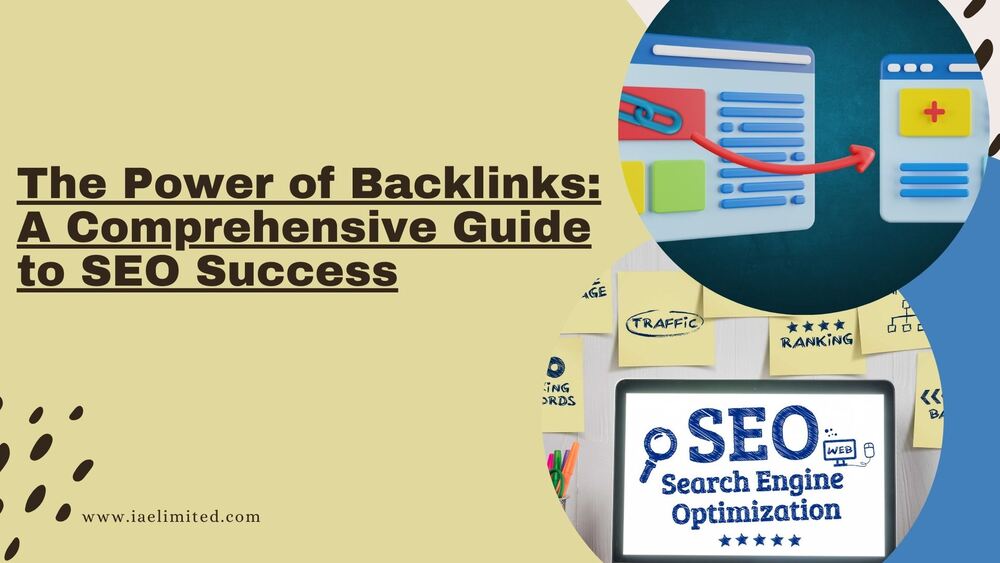
In today’s digital age, establishing a strong personal brand on social media can significantly impact your career and opportunities. Social media platforms offer a unique opportunity to showcase your skills, share your knowledge, and connect with a global audience. This comprehensive guide provides practical tips to help you build your personal brand effectively.
What is Personal Branding?
Table of Contents
Personal branding is the practice of marketing yourself and your career as a brand. It involves creating a unique image and reputation that sets you apart from others in your field. Personal branding is crucial for professionals, entrepreneurs, and influencers who want to establish credibility and gain recognition.
The Power of Social Media in Branding
Social media platforms have revolutionized how we communicate and consume information. They provide a powerful tool for personal branding, enabling you to reach a broader audience, engage with your followers, and establish yourself as an authority in your niche.
According to recent studies, more than half of the world’s population uses social media, making it a crucial platform for building and promoting your personal brand.

Why You Should Build Your Personal Brand on Social Media
Building a personal brand on social media offers numerous benefits, including:
- Increased Visibility: Social media allows you to reach a larger audience and increase your visibility online.
- Networking Opportunities: It provides a platform to connect with like-minded individuals, potential clients, and industry leaders.
- Career Growth: A strong personal brand can help you advance your career by showcasing your skills and expertise.
- Establishing Authority: By sharing valuable content and insights, you can position yourself as an expert in your field.
Defining Your Brand Identity
To build a successful personal brand, you must first define your brand identity. This involves identifying your core values, passions, and areas of expertise. Consider the following questions to help define your brand identity:
- What are your unique strengths and skills?
- What are your core values and beliefs?
- What are you passionate about?
- What is your target audience interested in?
Who is Your Target Audience?
Understanding your target audience is essential for effective personal branding. Your audience consists of the people who are interested in your content and may benefit from your expertise. To identify your target audience, consider the following:
- Who are the people you want to reach?
- What are their interests and needs?
- How can you provide value to them?
Setting Clear Goals for Your Personal Brand
Setting clear goals is crucial for the success of your personal brand. Your goals should be specific, measurable, achievable, relevant, and time-bound (SMART). Consider setting both short-term and long-term goals that align with your brand identity and target audience.
Aligning Goals with Brand Identity
Ensure that your goals are consistent with your brand values and messaging. This will help you maintain a cohesive brand image and build trust with your audience.
Measuring Success
To track the progress of your personal branding efforts, establish key performance indicators (KPIs) and metrics. These may include:
- Number of followers and engagement rates
- Website traffic and conversion rates
- Content reach and shares
- Brand mentions and media coverage
Choosing the Right Platforms
Not all social media platforms are created equal, and each one has its unique features and user demographics. To choose the right platforms for your personal brand, consider the following:
Overview of Major Social Media Platforms
Here’s a brief overview of the most popular social media platforms and their key features:
- Facebook: Ideal for sharing a variety of content, including text, images, and videos. It has a diverse user base, making it suitable for reaching a broad audience.
- Instagram: Focuses on visual content, such as photos and videos. It’s popular among younger audiences and is ideal for brands that rely heavily on visual storytelling.
- LinkedIn: A professional networking platform used primarily for business and career-related content. It’s an excellent platform for building a professional brand and connecting with industry leaders.
- Twitter: Known for its short-form content and real-time updates. It’s a great platform for sharing news, updates, and engaging with your audience through conversations and hashtags.
Selecting Platforms that Align with Your Brand
Choose platforms that align with your brand identity and target audience. For example, if you’re a visual artist, Instagram and Pinterest may be more suitable for showcasing your work. If you’re a business professional, LinkedIn may be the best platform to connect with your peers and industry leaders.
Creating a Cohesive Brand Image
Creating a cohesive brand image is essential for building a strong personal brand. This involves developing visual branding elements and maintaining a consistent tone and voice across all your social media platforms.
Visual Branding Elements
Visual branding elements include your logo, color scheme, typography, and imagery. These elements should be consistent across all your platforms to create a unified brand image.
Tone and Voice Consistency
Your tone and voice should reflect your brand identity and resonate with your target audience. Whether you prefer a casual, conversational tone or a more formal, professional tone, ensure consistency in your messaging.
Crafting Engaging Content
Creating engaging content is key to building and maintaining your personal brand. Your content should be informative, valuable, and shareable. Here are some tips for crafting engaging content:
Types of Content for Personal Branding
Consider using a variety of content formats to keep your audience engaged, including:
- Blog posts and articles
- Videos and vlogs
- Podcasts and interviews
- Infographics and visual content
- Live streams and webinars
Tips for Content Creation
- Know your audience: Understand what your audience wants and needs, and create content that addresses their pain points.
- Be authentic: Share your personal experiences and insights to connect with your audience on a deeper level.
- Use storytelling: Tell compelling stories that resonate with your audience and reinforce your brand message.
- Include calls to action: Encourage your audience to engage with your content by including clear calls to action.
Content Calendar and Scheduling
Creating a content calendar can help you plan and organize your content in advance. This ensures that you consistently publish high-quality content and maintain a regular posting schedule. Consider using scheduling tools like Hootsuite or Buffer to automate your posts.
Building Your Network
Building a strong network is essential for the success of your personal brand. Here are some strategies for growing your network:
Engaging with Your Audience
Engage with your audience by responding to comments, messages, and mentions. This shows your audience that you value their input and helps build a loyal community.
Collaborating with Influencers and Industry Leaders
Collaborate with influencers and industry leaders to expand your reach and credibility. This could involve guest blogging, co-hosting webinars, or participating in panel discussions.
Leveraging Hashtags and Keywords
Using hashtags and keywords strategically can help increase your visibility and reach on social media.
Importance of Hashtags in Social Media
Hashtags are a powerful tool for categorizing content and making it discoverable. They allow users to find content related to specific topics and join conversations.
Finding and Using Relevant Hashtags
Use tools like Hashtagify or RiteTag to research and identify popular and relevant hashtags in your niche. Include a mix of broad and specific hashtags to reach a wider audience and increase engagement.
SEO and Keywords in Social Media
Optimize your social media profiles and posts with relevant keywords to improve your search engine rankings. This can help increase your visibility and attract more followers.
Utilizing Analytics and Insights
Analytics and insights provide valuable data on your social media performance. Here’s how to use this data to refine your personal branding strategy:
Understanding Social Media Analytics
Familiarize yourself with the analytics tools available on each platform, such as Facebook Insights, Instagram Insights, and Twitter Analytics. These tools provide data on your audience demographics, engagement rates, and content performance.
Using Data to Refine Your Strategy
Analyze your data regularly to identify trends and patterns in your social media performance. Use this information to refine your content strategy, adjust your posting schedule, and optimize your engagement tactics.
Personal Branding Tips for Specific Platforms
Each social media platform requires a unique approach to personal branding. Here are some tips for building your personal brand on specific platforms:
Facebook Branding Strategies
- Create a professional Facebook Page to showcase your brand and share valuable content.
- Use Facebook Groups to connect with like-minded individuals and engage in discussions.
- Leverage Facebook Ads to reach a larger audience and promote your brand.
Instagram Branding Strategies
- Use Instagram Stories, Reels, and IGTV to share behind-the-scenes content and showcase your personality.
- Collaborate with other Instagram users to expand your reach and gain new followers.
- Use Instagram Insights to analyze your audience demographics and content performance.
LinkedIn Branding Strategies
- Optimize your LinkedIn profile with relevant keywords and a professional photo.
- Share industry-related content and insights to establish yourself as an expert in your field.
- Connect with other professionals and participate in LinkedIn Groups to expand your network.
Twitter Branding Strategies
- Use Twitter to share news, updates, and valuable content related to your niche.
- Engage with your audience by responding to tweets and participating in Twitter chats.
- Use trending hashtags and participate in conversations to increase your visibility.
Engaging Your Audience through Stories
Stories are a powerful tool for engaging your audience and building your personal brand. Here’s how to use storytelling to connect with your audience:
The Power of Storytelling in Personal Branding
Storytelling allows you to share your personal experiences, insights, and values with your audience. It helps create an emotional connection and makes your brand more relatable.
Storytelling Formats and Techniques
- Share your journey and challenges to inspire and motivate your audience.
- Use visuals, such as photos and videos, to enhance your storytelling.
- Use different storytelling formats, such as case studies, testimonials, and interviews, to keep your audience engaged.
Building Trust and Credibility
Building trust and credibility is essential for the success of your personal brand. Here are some strategies for building trust with your audience:
Sharing Testimonials and Case Studies
Share testimonials and case studies from satisfied clients or customers to demonstrate the value of your brand. This social proof can help build trust and credibility with your audience.
Consistency and Authenticity
Maintain consistency in your messaging, tone, and visual branding across all your platforms. Be authentic and transparent in your interactions with your audience to build trust and credibility.
Managing Your Online Reputation
Managing your online reputation is crucial for the success of your personal brand. Here’s how to monitor and manage your online presence:
Monitoring Your Online Presence
Use tools like Google Alerts and Mention to monitor your online presence and track mentions of your brand. This will help you stay informed about what people say about you and your brand.
Addressing Negative Feedback
Handle negative feedback and criticism professionally and promptly. Respond to comments and messages with empathy and offer solutions or clarifications when needed.
Keeping Up with Trends and Changes
Staying informed about social media trends and changes is crucial for maintaining a successful personal brand. Here’s how to keep your brand relevant and up-to-date:
Staying Informed About Social Media Trends
Follow industry news and influencers to stay informed about the latest social media trends and updates. Attend webinars, conferences, and workshops to learn about new tools and strategies.
Adapting Your Strategy to New Trends
Be flexible and adapt your content and engagement strategy in response to new trends and changes. Experiment with new formats and platforms to stay ahead of the competition.
Cross-Promotion and Integration
Cross-promotion and integration can help you expand your reach and grow your personal brand. Here’s how to leverage cross-promotion and integration:
Linking Social Media Accounts
Link your social media accounts to create a cohesive online presence. This allows your audience to easily find and follow you on multiple platforms.
Integrating Personal Brand with Other Marketing Channels
Use email marketing, websites, and blogs to support your social media presence. Promote your social media accounts on your website and email signature to increase your visibility.
Monetizing Your Personal Brand
Once you have built a strong personal brand, you can explore opportunities for monetization. Here are some ways to monetize your personal brand:
Opportunities for Income Generation
- Sponsored posts and partnerships
- Affiliate marketing
- Selling products or services
- Online courses and workshops
Creating and Selling Your Own Products or Services
Develop and promote your own products or services to generate income and expand your brand. Consider offering online courses, e-books, or consulting services to your audience.
Legal and Ethical Considerations
When building your personal brand on social media, it’s important to be aware of legal and ethical considerations. Here’s what you need to know:
Understanding Copyright and Content Ownership
Ensure you have the necessary rights and permissions to use and share content on social media. Be mindful of copyright laws and give credit to the original creators when necessary.
Ethical Branding Practices
Maintain transparency and honesty in your branding efforts. Avoid misleading or deceptive practices and be upfront about sponsored content and partnerships.
Overcoming Challenges in Personal Branding
Building a personal brand on social media can be challenging. Here are some tips for overcoming common challenges:
Common Mistakes and How to Avoid Them
- Inconsistency in messaging and branding
- Focusing on quantity over quality in content creation
- Neglecting engagement and interaction with your audience
- Ignoring negative feedback or criticism
Dealing with Brand Fatigue
Stay motivated and inspired by setting realistic goals and celebrating small wins. Take breaks when needed and seek support from your network and community.
Frequently Asked Questions
How long does it take to build a personal brand on social media?
Building a personal brand on social media is a long-term process that requires patience and consistency. It can take several months to a year or more to establish a strong brand and gain recognition.
What are the most effective platforms for personal branding?
The most effective platforms for personal branding depend on your target audience and content style. LinkedIn, Instagram, and Twitter are popular choices for professionals and influencers.
How can I measure the success of my personal brand?
Success can be measured through various metrics, including the number of followers, engagement rates, website traffic, and brand mentions. Set clear goals and track your progress using analytics tools.
What kind of content should I post to attract followers?
Post content that is informative, valuable, and relevant to your audience’s interests and needs. Use a variety of content formats, such as blog posts, videos, and infographics, to keep your audience engaged.
How do I find the right hashtags for my brand?
Use tools like Hashtagify and RiteTag to research and identify popular and relevant hashtags in your niche. Experiment with different hashtags and track their performance using analytics tools.
Conclusion
Building a personal brand on social media is a rewarding journey that can open doors to new opportunities and career growth.
By following these tips and strategies, you can establish a strong and impactful personal brand that resonates with your audience and sets you apart from the competition.
Remember to stay true to your values, engage with your audience, and adapt to new trends and changes in the social media landscape.
In case you missed it, we recently published a post on, how to move into Digital Marketing from an Unrelated Profession.





